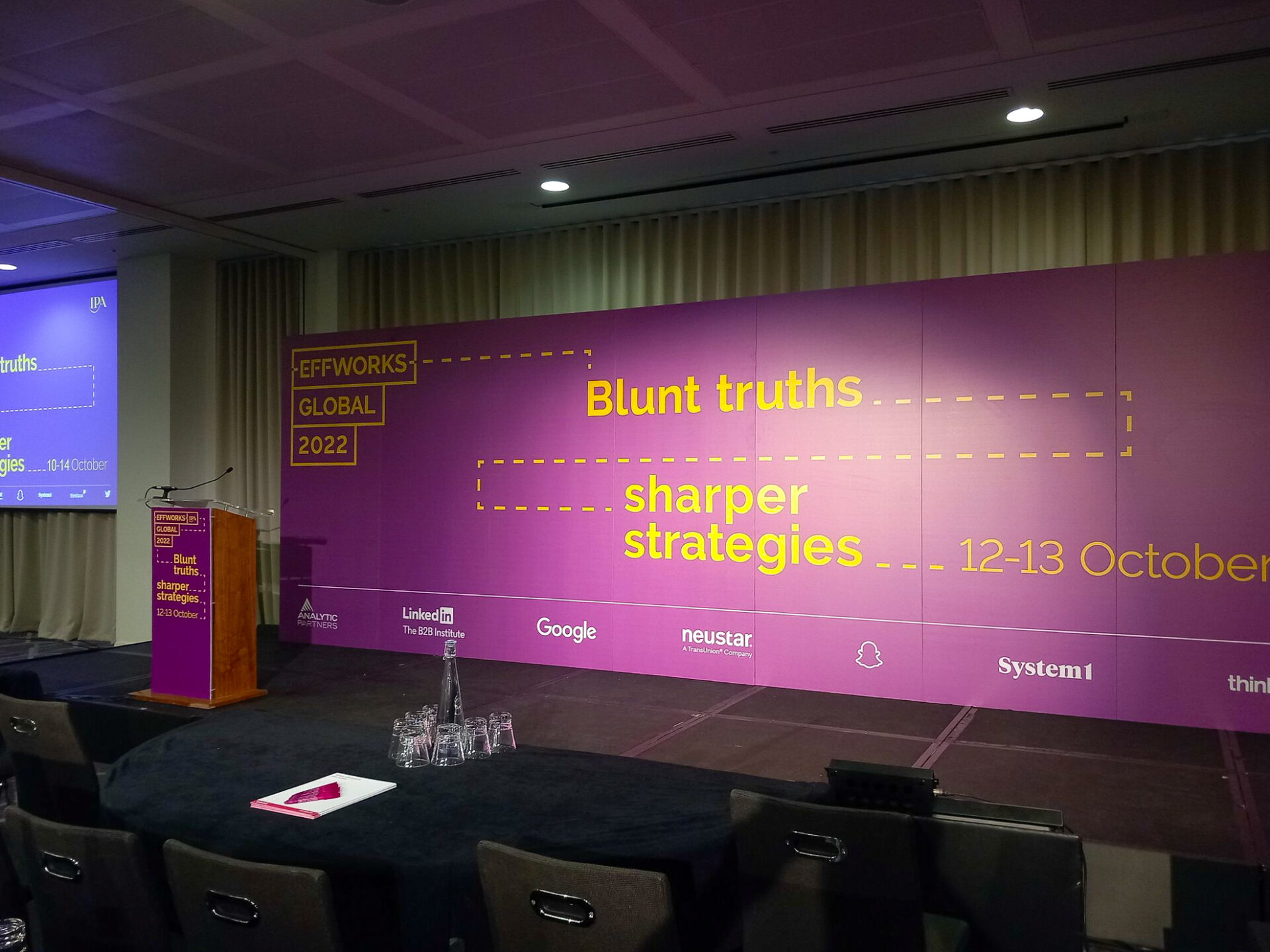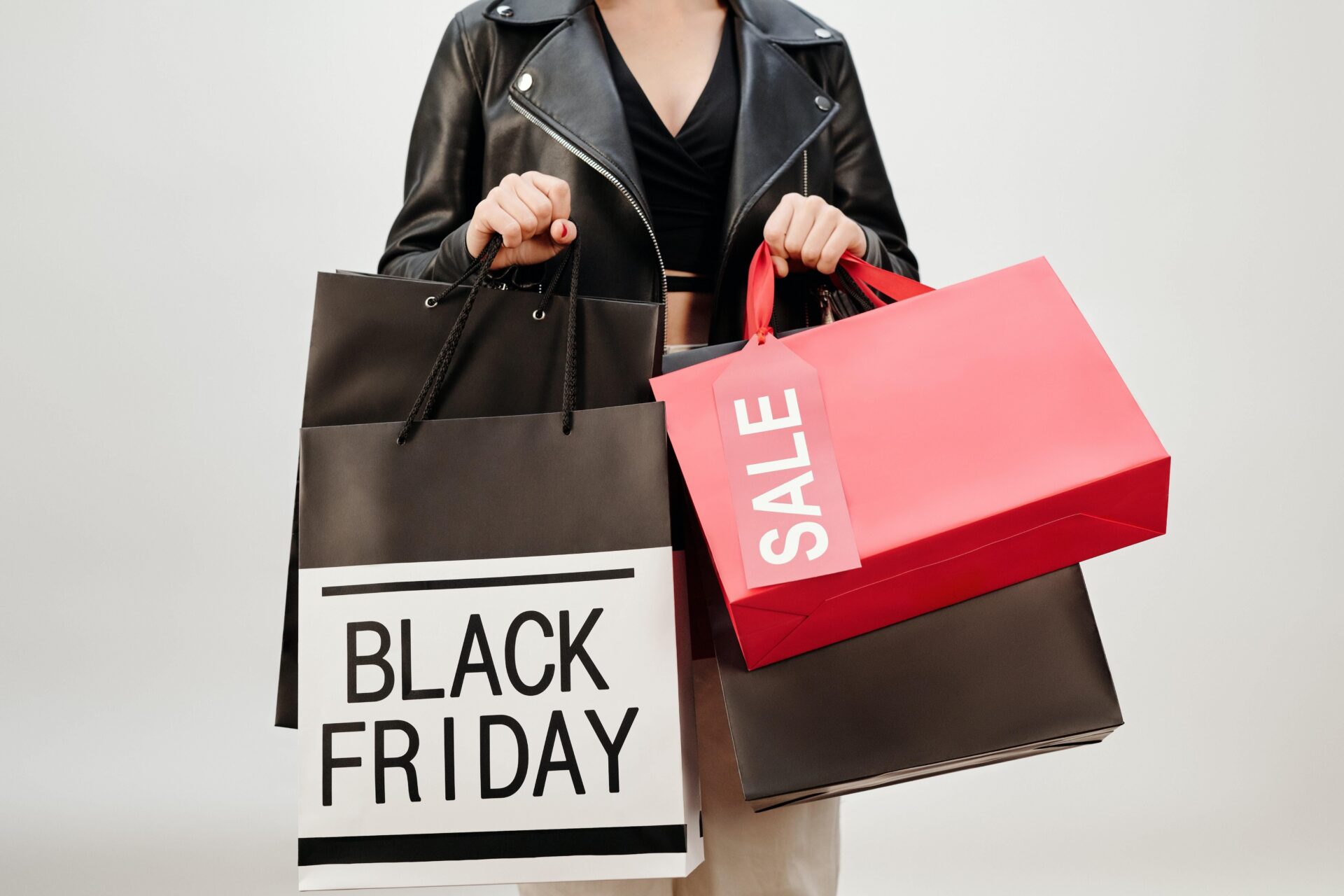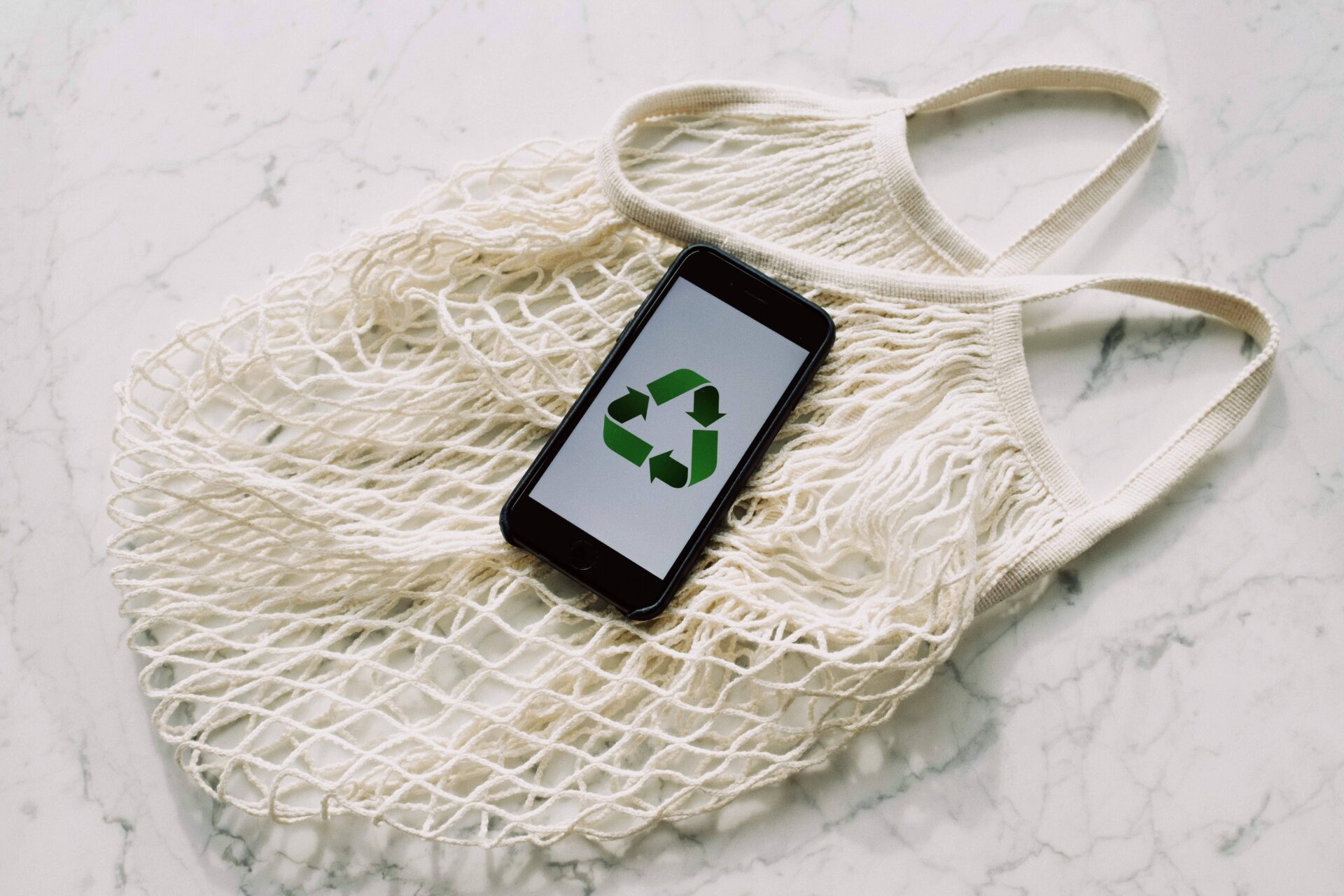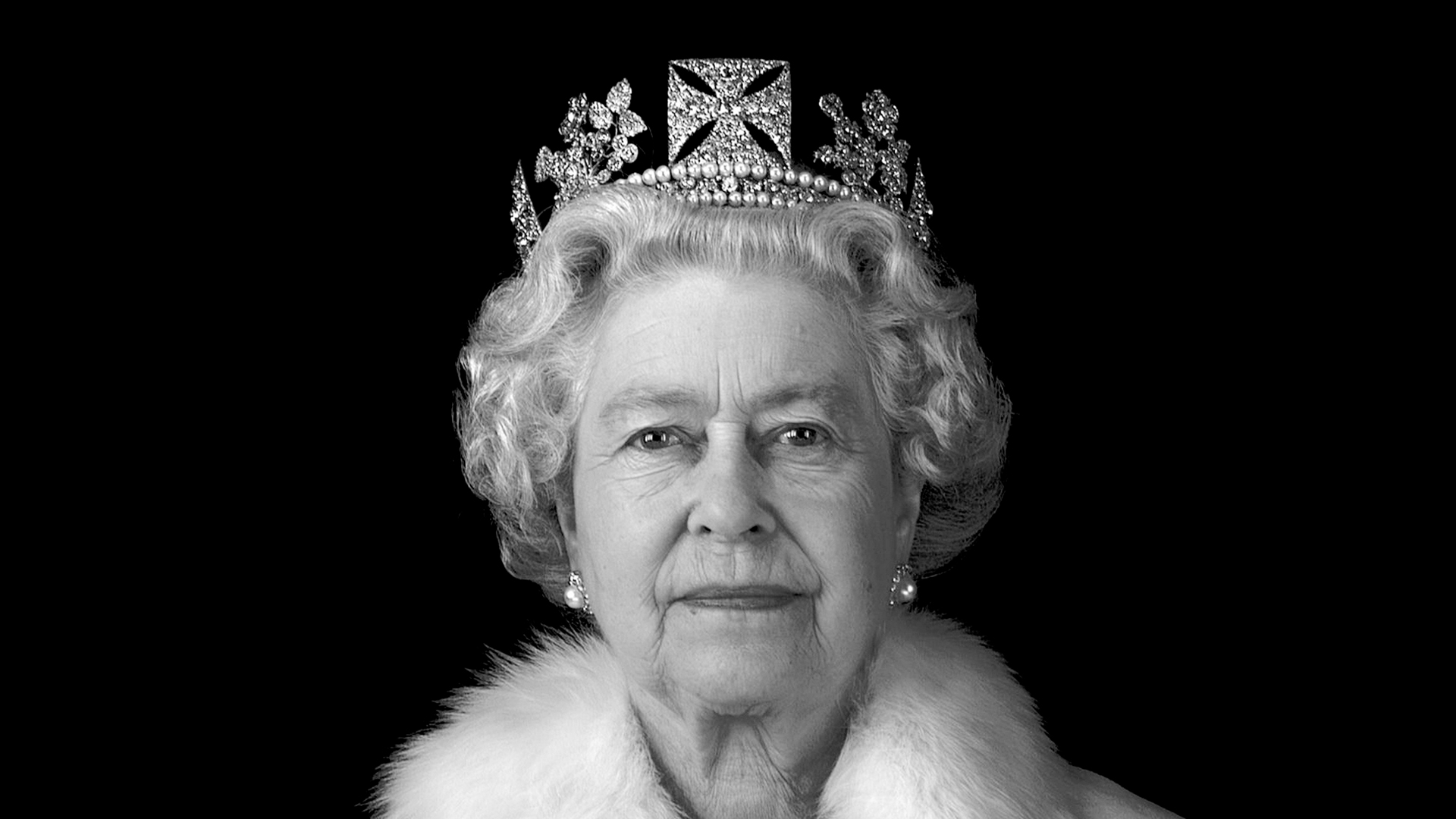
Football fans all over the planet are starting to predict their country’s progression through a World Cup, unlike any other previous tournaments that we have witnessed. Hosted at a time of year normally dominated by Christmas preparations, advertisers are considering how best to engage with an event marred by controversy in the build-up and that begins when they’d normally be considering Black Friday deals.
An Unfamiliar World Cup
This month will see the World Cup kick off with hosts Qatar facing Ecuador on the 20th at 4pm (GMT).
The sun will set as the first ball is kicked; it will be just over three weeks since most of us will have celebrated Bonfire Night with fireworks and four weeks before the festivities of Christmas. This is the first-ever tournament that will see northern hemisphere teams and fans contend with a ‘winter’ World Cup. While it’s also arguably the most controversial World Cup of the modern era given the decision of FIFA to award the 2022 World Cup to Qatar.
Marked By Controversy
Switching the tournament to be hosted during Qatar’s cooler winter months will see players avoid dealing with temperatures in Doha that can top 45 degrees, but they will still need to cope with 35-degree heat while playing football at the highest level.
It’s not just the conditions that have caused controversy though as there has been an abhorrent human cost to the tournament. When it was awarded the World Cup, Qatar had almost no infrastructure to host a large-scale international footballing event. It has since erected 7 new stadiums in Doha to welcome both players and fans alike, and it has been reported by numerous media outlets the world over that 6,500 migrant workers have lost their lives in Qatar building these stadiums over the past 10 years.
Not only this, but the tournament has received criticism from LGBTQ+ groups following the decision for the event to be hosted in a country where homosexuality is illegal and punishable by death. This was further condemned after Foreign Secretary James Cleverly stated that LGBTQ+ football fans travelling to the country should “show a little bit of flex and compromise” during a conversation on LBC.
A Different Kind of Opportunity
It’s fair to say there is plenty for advertisers to consider when planning for the 2022 Qatari World Cup. Probably the most important being whether it is even right to advertise around an event that has directly cost the lives of almost 7,000 people, in a country where same-sex activity is illegal.
There is no one right answer here, and it will depend on each individual brand’s position and audience, but we still expect to see the tournament draw in huge numbers of viewers. Over 89% of the British public followed some form of sport during 2021 and 2022, and England is coming off the back of a fantastic Lionesses win at the Euros this summer. Evidencing public interest in the tournament will be high.
What’s more, there are examples of how a brand can protest the tournament while recognising that events like the World Cup tend to transcend controversy and bring audiences together. Look at Hummels, the Danish kit manufacturer for instance. They have muted the logo and badge across the international kit to avoid benefitting from exposure during the matches but understand the players will still be present representing Denmark.
The brands that succeed in cutting through and connecting with the crowd during Qatar 2022 will be those who manage to balance the sensitivity surrounding the tournament while also recognising that it will still be a huge event that is important to plenty of fans the world over. One way of doing this could be to reframe some of the issues around a winter World Cup and think of the tournament as an extension to the festive period, using the event to bring some goodwill to fans in the build-up to Christmas.











Recent Comments